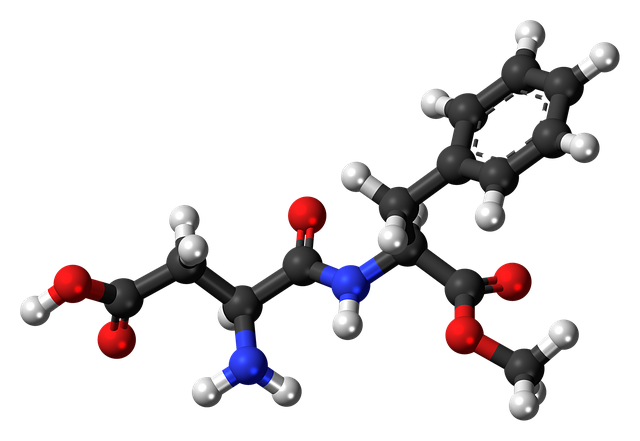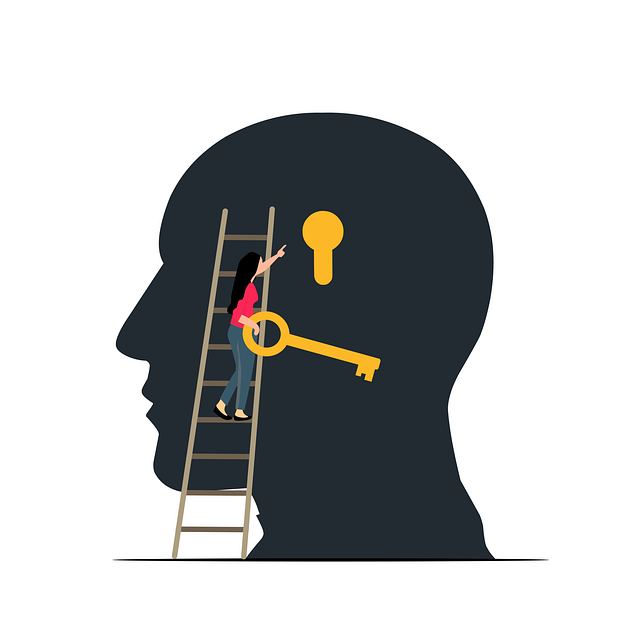Cognitive-Behavioral Therapy (CBT) is a key component of effective rehabilitation programs for prescription painkiller addiction. This therapeutic approach targets negative thought patterns and behaviors, empowering individuals to regain control over their recovery. Integrated into group counseling sessions, CBT fosters empathy, community, and accountability among peers. Online support groups offer additional resources for addicts and their loved ones, enhancing understanding and solidarity within the broader community. By combining CBT with evidence-based medications, rehabilitation programs provide durable strategies to overcome addiction and achieve long-term well-being.
Cognitive-behavioral therapy (CBT) plays a pivotal role in addiction rehabilitation, particularly for those struggling with prescription painkiller addiction. By empowering clients to identify and reframe negative thought patterns, CBT offers a transformative approach to recovery. This article delves into the mechanisms of CBT, its significance in addiction treatment, and provides practical strategies to challenge and replace detrimental thoughts and behaviors associated with prescription painkiller abuse. Discover how these evidence-based techniques can be instrumental in successful rehabilitation programs.
- Understanding Cognitive-Behavioral Therapy (CBT) and Its Role in Addiction Rehabilitation
- How CBT Empowers Clients to Challenge Negative Thought Patterns
- Practical Strategies for Reframing Negative Thoughts and Behaviors in Prescription Painkiller Addiction Recovery
Understanding Cognitive-Behavioral Therapy (CBT) and Its Role in Addiction Rehabilitation

Cognitive-Behavioral Therapy (CBT) is a highly effective form of mental health help that plays a pivotal role in addiction rehabilitation programs for prescription painkiller addiction. This evidence-based approach focuses on identifying and modifying negative thought patterns and behaviors, empowering clients to take control of their recovery journey. By understanding the underlying cognitive distortions that contribute to substance abuse, individuals can learn to reframe their thoughts and replace maladaptive behaviors with healthier alternatives.
In the context of rehabilitation programs for prescription painkiller addiction, CBT is often integrated into therapeutic settings, including group counseling sessions. These sessions foster empathy, accountability, and a sense of community among peers in recovery. Group therapy provides a supportive environment where individuals can share their experiences, gain different perspectives, and offer encouragement to one another. Additionally, online support groups for loved ones of addicts can complement traditional therapy by offering ongoing mental health help and fostering understanding and solidarity within the community.
How CBT Empowers Clients to Challenge Negative Thought Patterns

Cognitive-behavioral therapy (CBT) empowers clients to challenge and reframe negative thought patterns that can contribute to addiction. By identifying distorted thinking and replacing it with more realistic, balanced perspectives, individuals gain a new understanding of their experiences. This process helps them break free from unhealthy behaviors associated with substance abuse or addiction, such as those involved in rehabilitation programs for prescription painkiller addiction.
Through CBT, clients learn to recognize triggers and develop effective coping strategies. They are provided with tools to manage stress, improve decision-making skills, and enhance their overall well-being. Additionally, Recovery Support Services offering ongoing guidance and encouragement play a crucial role in this process. Online Support Groups for Loved Ones of Addicts can also be beneficial, fostering a sense of community and understanding while promoting sobriety.
Practical Strategies for Reframing Negative Thoughts and Behaviors in Prescription Painkiller Addiction Recovery

In the journey towards recovery from prescription painkiller addiction, cognitive-behavioral therapy (CBT) offers powerful tools for navigating and overcoming negative thought patterns. One practical strategy is identifying and challenging distorted beliefs—for example, replacing “I can’t cope without these pills” with evidence-based affirmations like “I have coping mechanisms that will help me manage my pain and anxiety effectively.” CBT encourages individuals to recognize the connection between thoughts, feelings, and behaviors, enabling them to replace self-sabotaging actions with healthier alternatives.
Rehabilitation programs for prescription painkiller addiction often incorporate group counseling sessions fostering empathy, accountability, and a sense of community among peers in recovery. These supportive environments facilitate open discussions about negative behaviors, providing opportunities to reframe them constructively. By combining CBT techniques with evidence-based medications for withdrawal management, individuals can develop durable strategies for staying drug-free, enhancing their overall mental health and well-being.
Cognitive-behavioral therapy (CBT) plays a pivotal role in addiction rehabilitation, particularly for those struggling with prescription painkiller addiction. By empowering individuals to challenge and reframe negative thought patterns, CBT offers practical strategies for managing cravings and triggers. Incorporating these techniques into rehabilitation programs for prescription painkiller addiction can significantly enhance long-term recovery rates, enabling clients to lead healthier, more fulfilling lives free from substance dependence.






